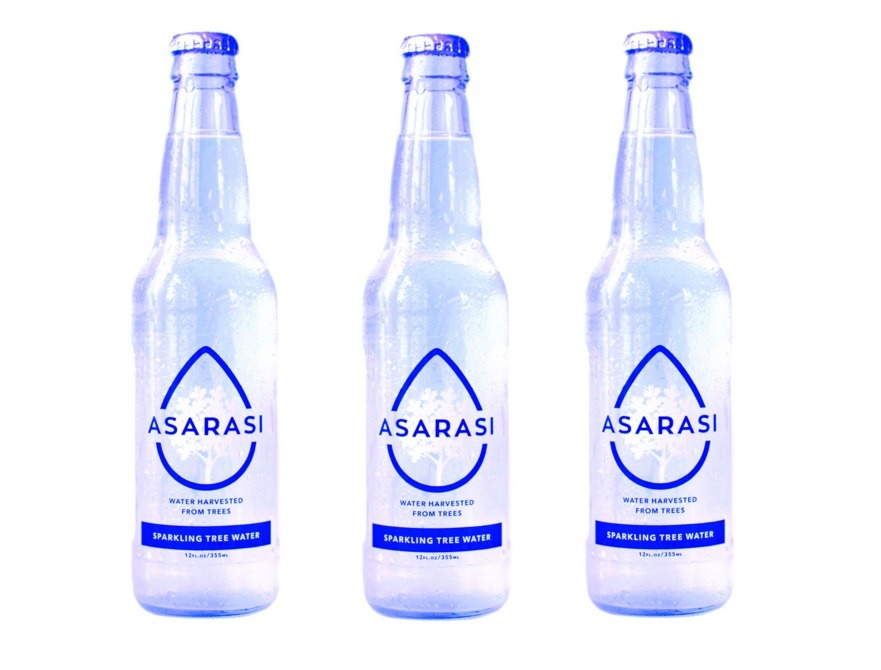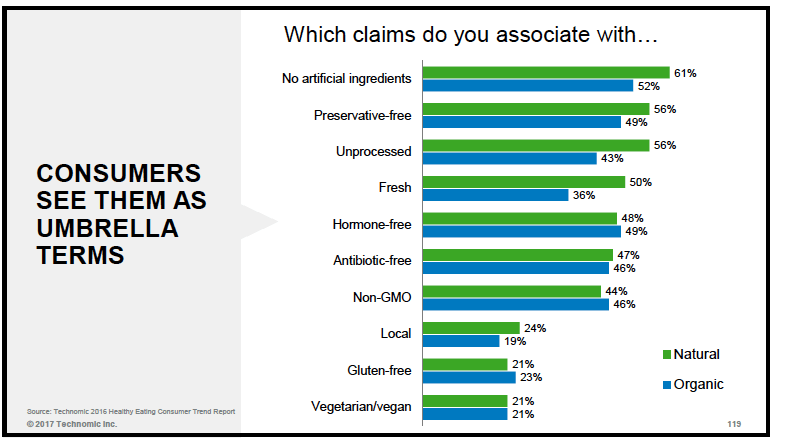Lessons From Organic Water
This past July, Vermont businessman Adam Lazar celebrated a remarkable achievement: getting USDA organic certification on his new line of bottled water, Asarasi.

Asarasi; the USDA’s first certified-organic water
Yep, you read that right. Organic water.
Because water has no carbon molecules and is therefore technically inorganic, the USDA has previously excluded water as an ingredient making organic claims. But Lazar’s company found a loophole: because the water is naturally filtered through, and extracted from, living maple trees, Asarasi meets the definition of organic.
Quite possibly more remarkable than Lazar’s new certification is the level of customer demand. According to its 2016 Bottled Water Category Report, Mintel found a whopping 25% of Americans say their ideal bottled water would be organic.
WHY IT’S HAPPENING
While the customer demand for organic continues to increase, so does the confusion around what organic really means. In its 2016 Healthy Eating Consumer Trend Report, Technomic found that when it comes to “natural” vs. “organic,” the majority of consumers understand these labelings as umbrella terms for better-for-you.

WHAT WE THINK
Brands should go beyond “natural” and “organic” to better communicate the value of better-for-you products to customers.
It’s not to say that “organic” and “natural” do not hold value; these umbrella terms are still the most widely recognized and sought-after by customers. Rather, brands have an opportunity to bolster their credibility by providing additional clarity around these terms to ensure customers can make more informed choices.
WHAT’S NEXT
Customers have become much more savvy in their ability to pick out meaningful claims vs. marketing fluff when it comes to their food and beverage purchases. As food marketers we must consider the following when crafting better-for-you narratives:
Be judicious
If a brand or product narrowly meets a specific better-for-you classification–or falls within it due to a little-known loophole–proceed with caution. We risk jeopardizing customer trust when we exploit technicalities in the labeling process.
Be specific
Provide context to broad claims by getting specific about your practices and production methods. Rather than just using “antibiotic free” as a claim, provide details on whether it’s a judicious use of antibiotics, no human antibiotics, or no antibiotics ever.
Be consistent
Customer confusion occurs when manufacturers use different terms to describe the same thing, such as using “natural” and “all natural” interchangeably. Create tightly defined parameters to determine whether an item meets a specific classification, but also enact strict guidelines on the words used to describe them.
